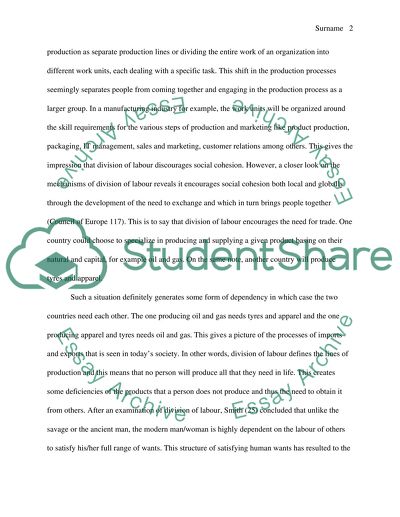Cite this document
(“The Impact of Markets and the Division of Labour on Social Cohesion Essay”, n.d.)
The Impact of Markets and the Division of Labour on Social Cohesion Essay. Retrieved from https://studentshare.org/marketing/1449240-do-markets-and-the-division-of-labour-encourage-or
The Impact of Markets and the Division of Labour on Social Cohesion Essay. Retrieved from https://studentshare.org/marketing/1449240-do-markets-and-the-division-of-labour-encourage-or
(The Impact of Markets and the Division of Labour on Social Cohesion Essay)
The Impact of Markets and the Division of Labour on Social Cohesion Essay. https://studentshare.org/marketing/1449240-do-markets-and-the-division-of-labour-encourage-or.
The Impact of Markets and the Division of Labour on Social Cohesion Essay. https://studentshare.org/marketing/1449240-do-markets-and-the-division-of-labour-encourage-or.
“The Impact of Markets and the Division of Labour on Social Cohesion Essay”, n.d. https://studentshare.org/marketing/1449240-do-markets-and-the-division-of-labour-encourage-or.


